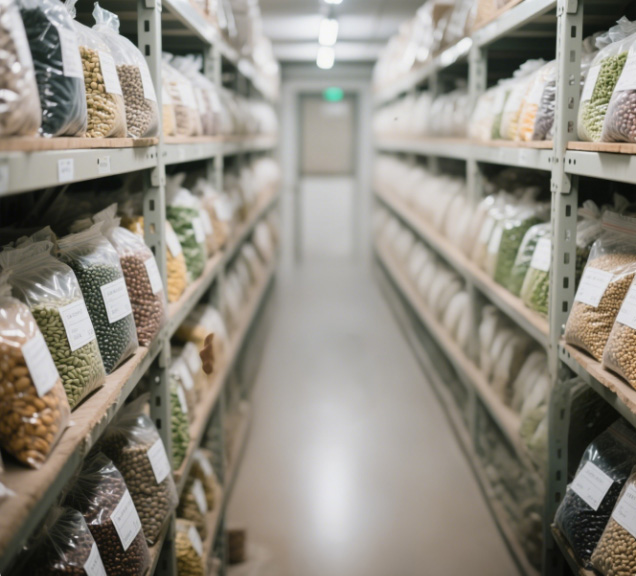Modern precision breeding in agriculture: intelligent solution for phenotype analysis
With the continuous development of modern breeding technology, traditional breeding methods are gradually showing limitations in terms of efficiency, accuracy, and comprehensiveness. Plant phenotype omics, as an important bridge connecting genotype and phenotype, provides new ideas and tools for breeding. As the core equipment for phenotype omics research, the Shandong Liende plant physiology instrument can quickly and non destructively obtain key information on plant growth, development, and physiological status, providing scientific basis for breeding decisions.
In the breeding process, phenotype analysis is a key step in screening excellent varieties and evaluating genetic traits. However, plant phenotypic traits are complex and diverse, including multiple levels such as morphology, physiology, and biochemistry, which cannot be fully covered by a single instrument or method. Therefore, combining various plant physiological instruments for comprehensive phenotype analysis has become an important way to improve breeding efficiency and accuracy.

This solution aims to build a comprehensive and efficient breeding phenotype analysis system around core plant physiological instruments such as chlorophyll meters, leaf area meters, and root scanners. By integrating the data from these instruments, precise evaluations of plant photosynthesis, growth, root structure, and other dimensions can be achieved, providing scientific and reliable decision support for breeders.

Application of Chlorophyll Analyzer in Breeding
Function: The Lanende chlorophyll meter can instantly measure the relative chlorophyll content (in SPAD units) or greenness level of plants, as well as leaf temperature, in order to understand the true nitrate demand of plants and determine the degree of soil nitrate deficiency or whether excessive nitrogen fertilizer has been applied.
Solution: In the breeding process, by regularly measuring the chlorophyll content of different varieties or strains, their photosynthetic efficiency and nitrogen utilization capacity can be evaluated. By combining leaf surface temperature data, the response of plants to environmental stress can be further analyzed. These data help to screen out varieties with high photosynthetic efficiency, strong nitrogen utilization ability, and good stress resistance.

Application of Leaf Area Meter in Breeding
Function: The Lanende Leaf Area Analyzer (Plant Canopy Analysis System Instrument) can obtain plant canopy images and obtain relevant indicators and parameters of the plant canopy, such as leaf area index, through specialized analysis software.
Solution: In breeding, using a leaf area meter can quickly and accurately measure the leaf area of different varieties or strains, evaluate their growth potential and light energy utilization efficiency. By continuously monitoring changes in leaf area, the growth dynamics and developmental processes of plants can also be analyzed. These data are of great significance for screening varieties with rapid growth and reasonable canopy structure.

Application of Root Scanner in Breeding
Function: The Lanende Root System Scanner (LD WinRHIZO Plant Root Scanning System) can analyze morphological parameters such as root length, diameter, area, volume, root tip counting, as well as the overall structural distribution of the root system.
Solution: In breeding, root scanners can be used to evaluate the root development status of different varieties or strains. By comparing the morphological parameters and overall structural distribution of roots, varieties with developed roots and strong absorption capacity can be selected. This is of great significance for improving the drought resistance, lodging resistance, and nutrient utilization efficiency of plants.
integrated solution
Data integration and analysis: Integrate the data obtained from chlorophyll meter, leaf area meter, and root scanner, use statistical analysis software (such as SPSS, R language, etc.) for data analysis, and explore the correlations and genetic patterns between different traits.
High throughput screening: Combining automated equipment and data analysis software to achieve high-throughput phenotype screening. By quickly and accurately measuring the phenotypic traits of a large number of samples, the breeding process can be accelerated and breeding efficiency can be improved.
Breeding decision support: Based on phenotype analysis results and combined with genotype data (such as molecular markers, genome sequencing, etc.), provide scientific basis for breeding decisions. By analyzing the correlation between phenotype and genotype, we aim to identify genes and QTLs (quantitative trait loci) that control important agronomic traits, providing targets for molecular marker assisted selection and gene editing breeding.

 +86 19353291814
+86 19353291814



